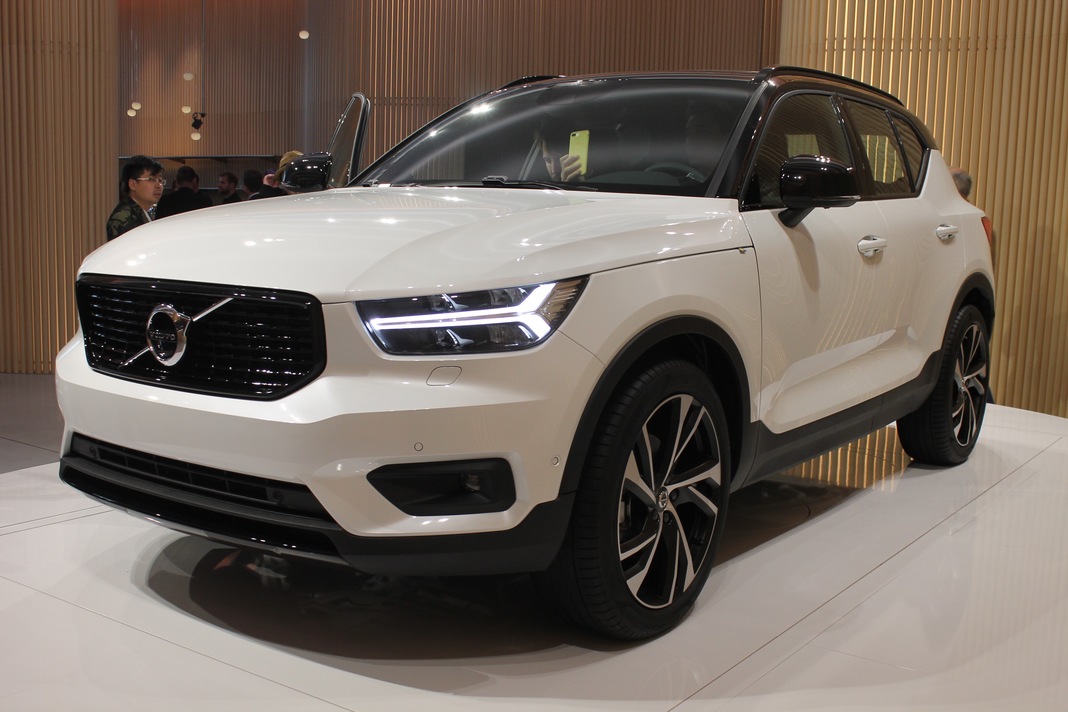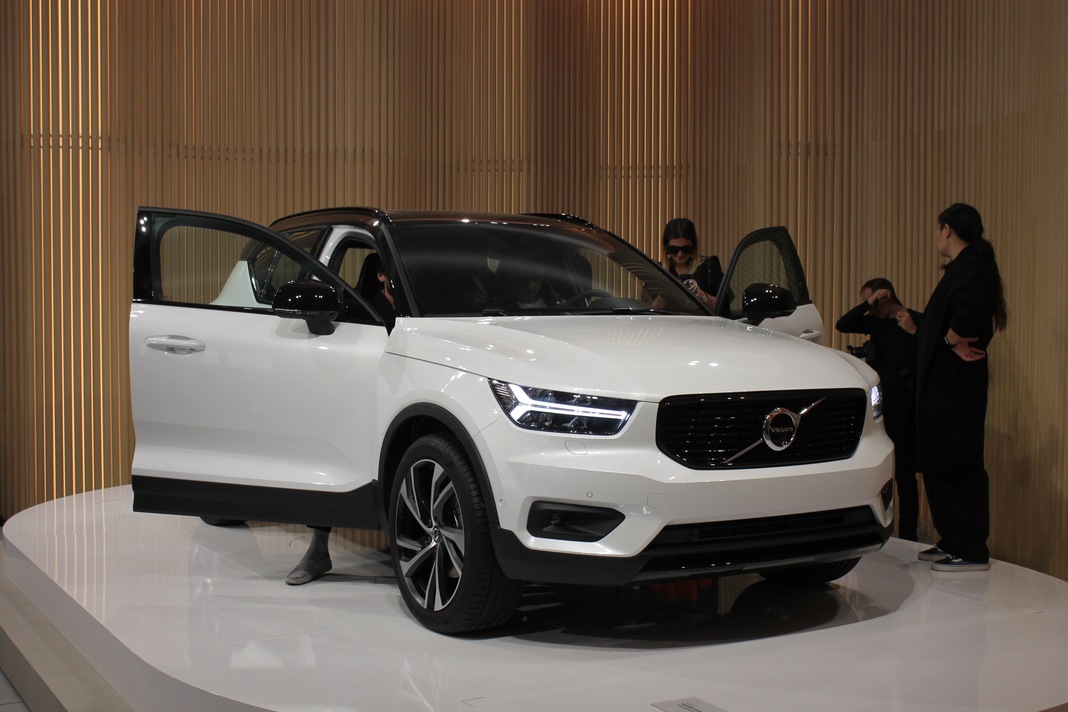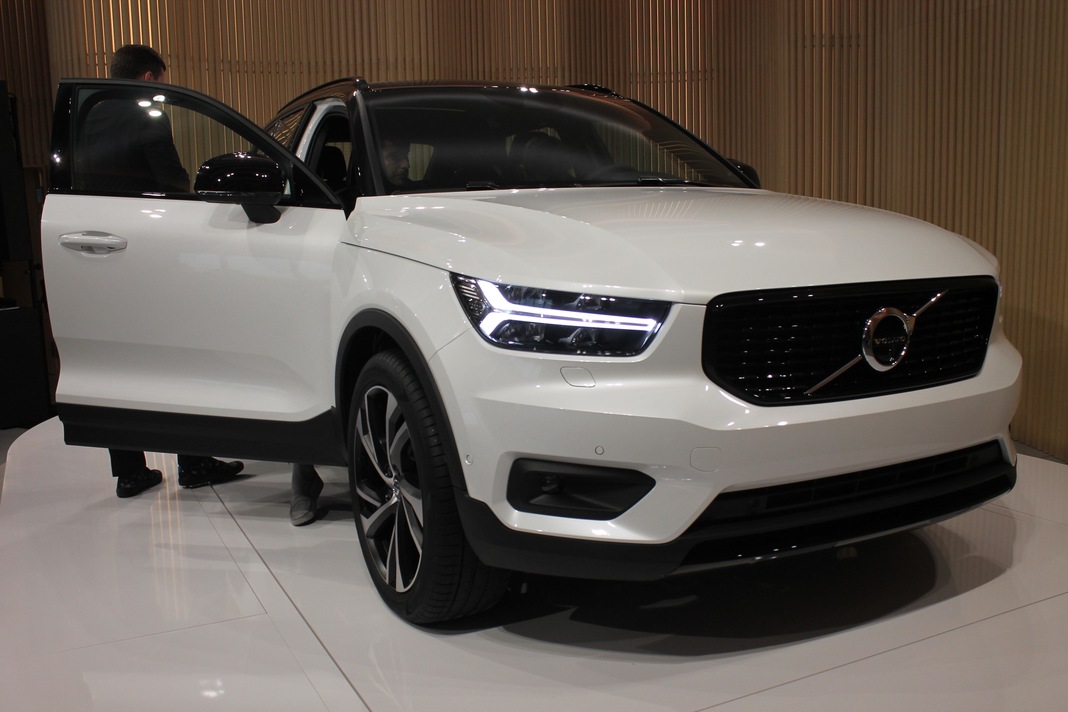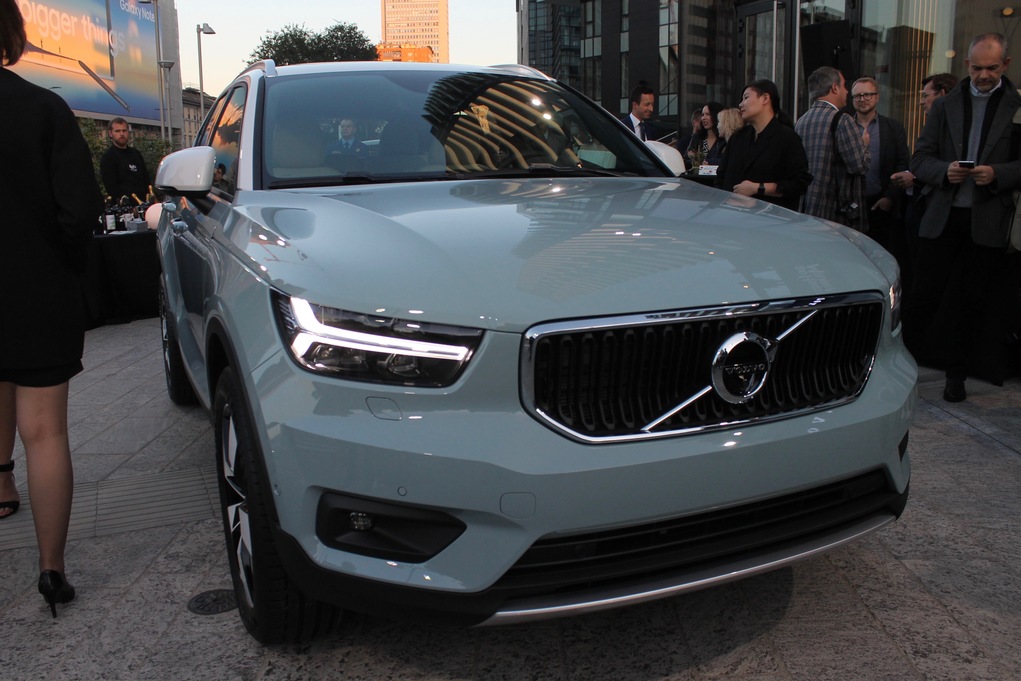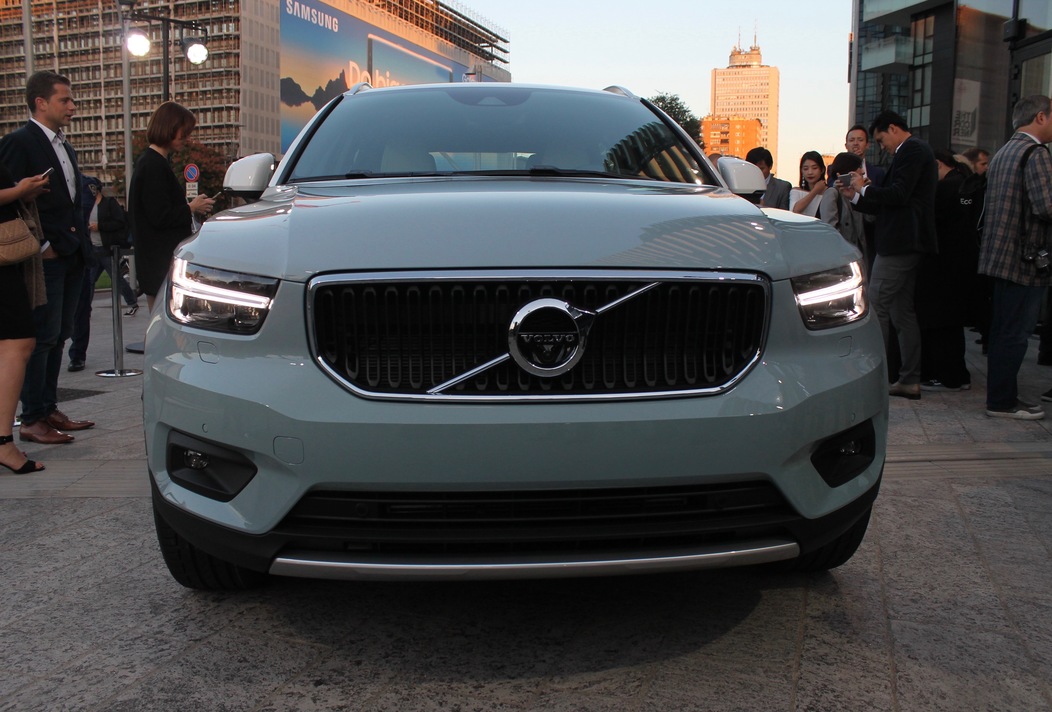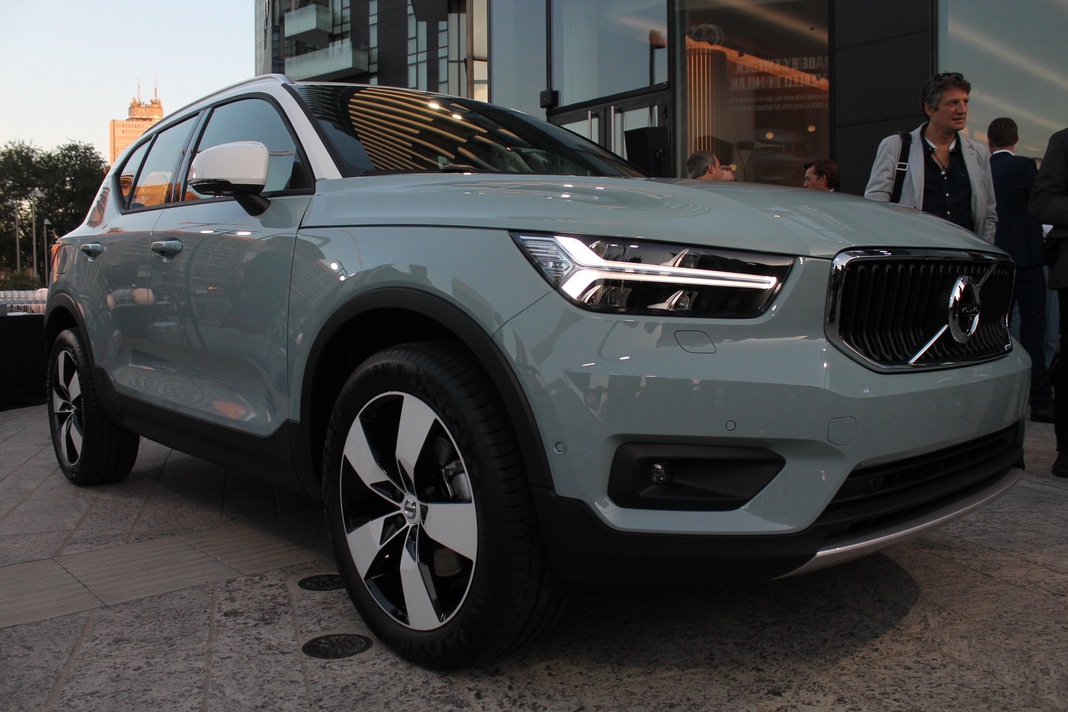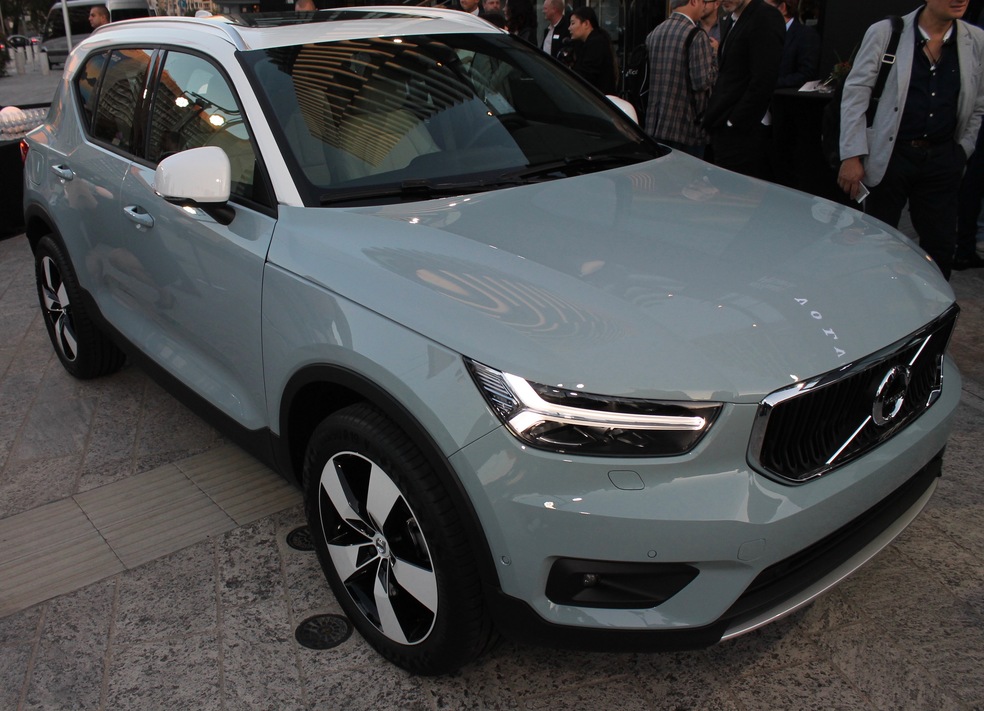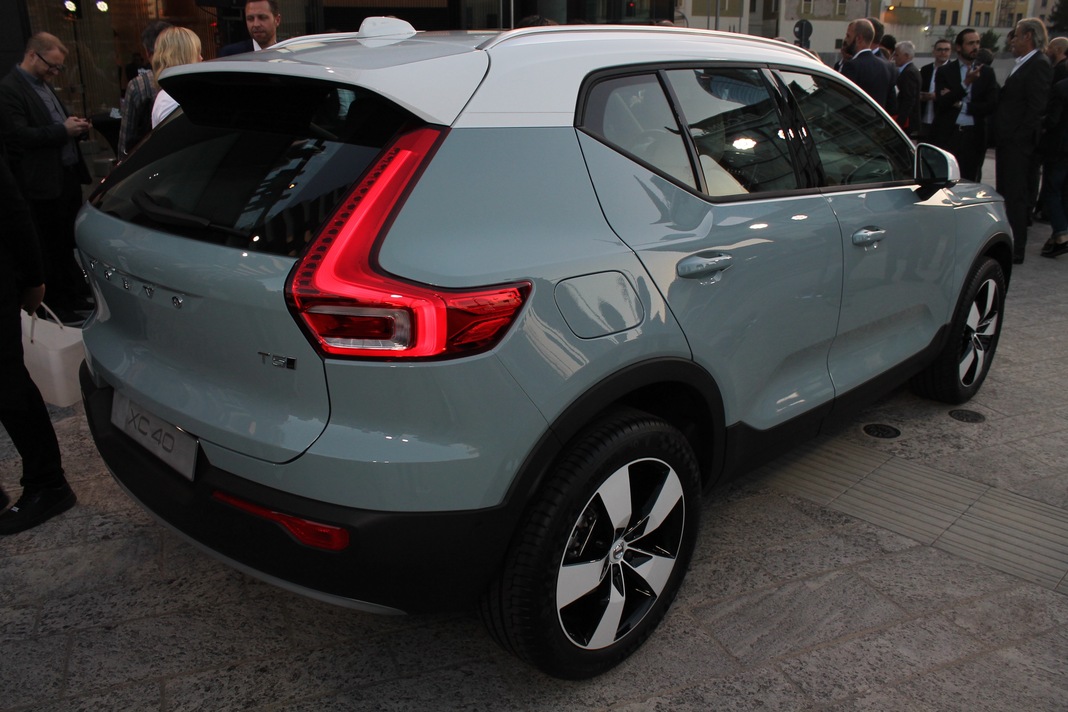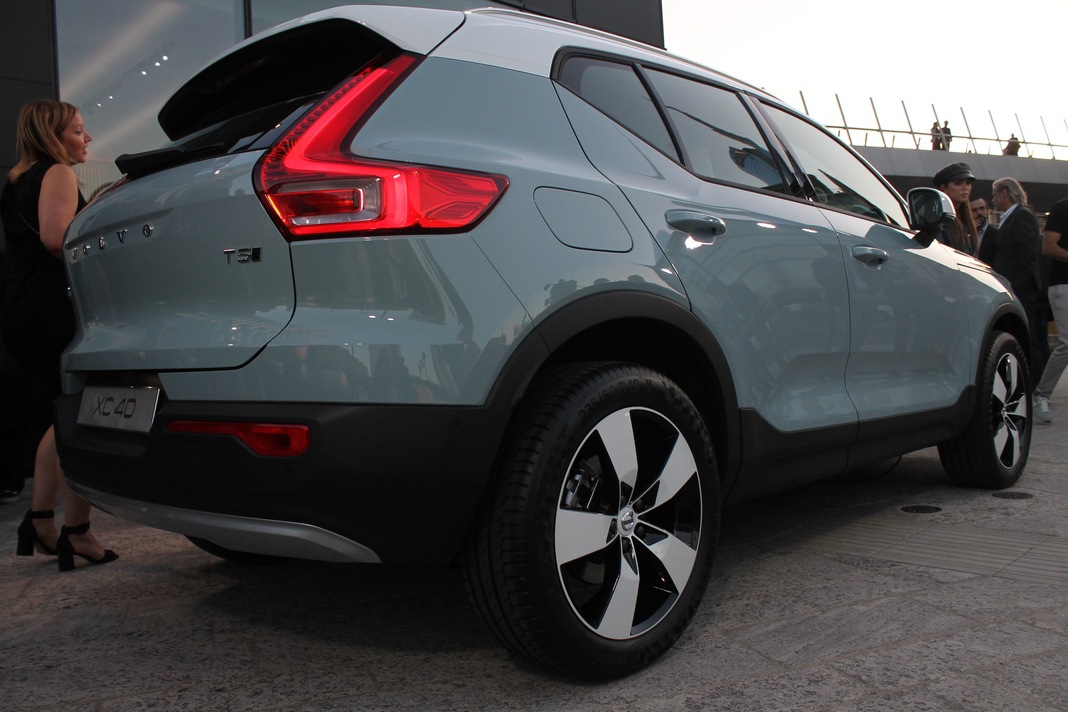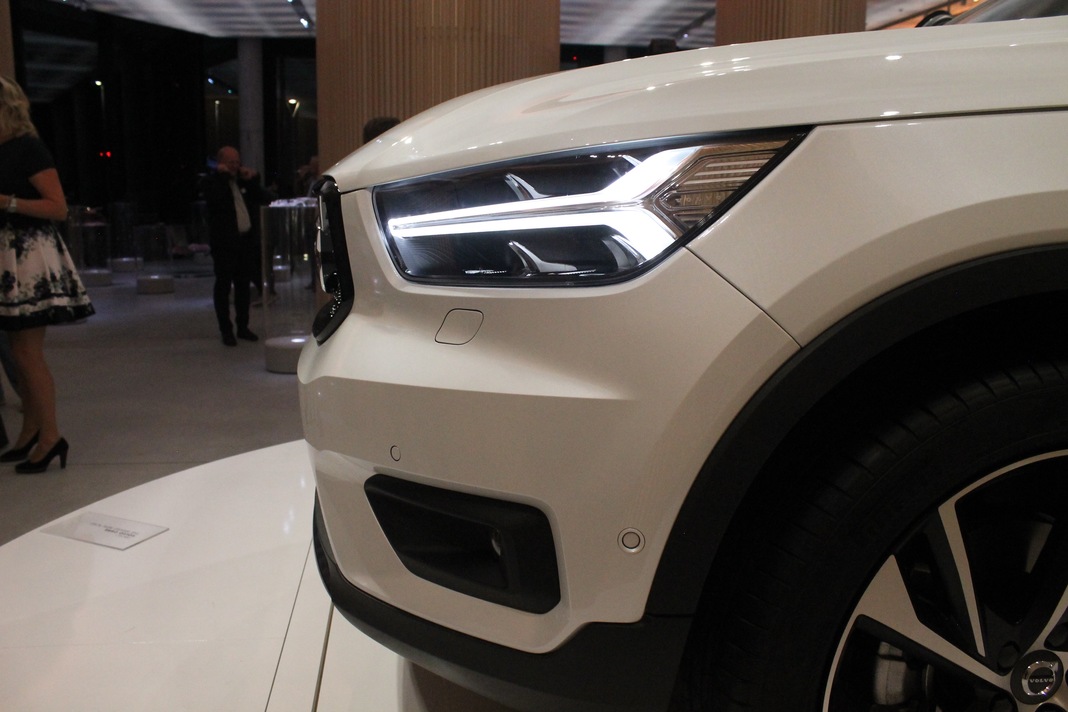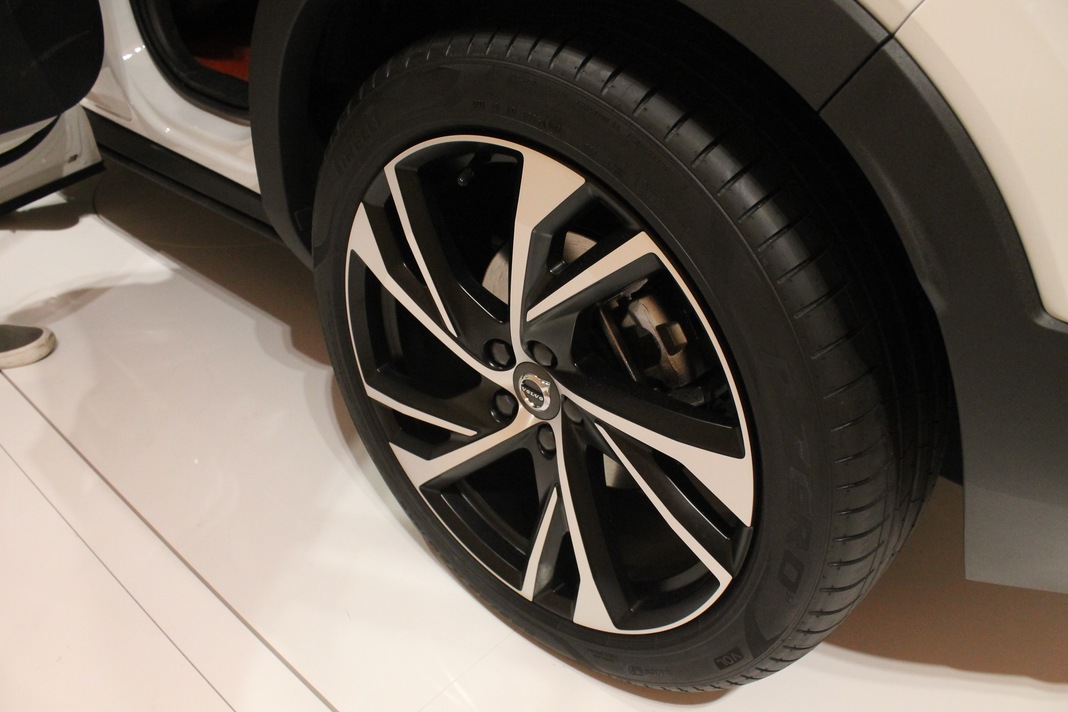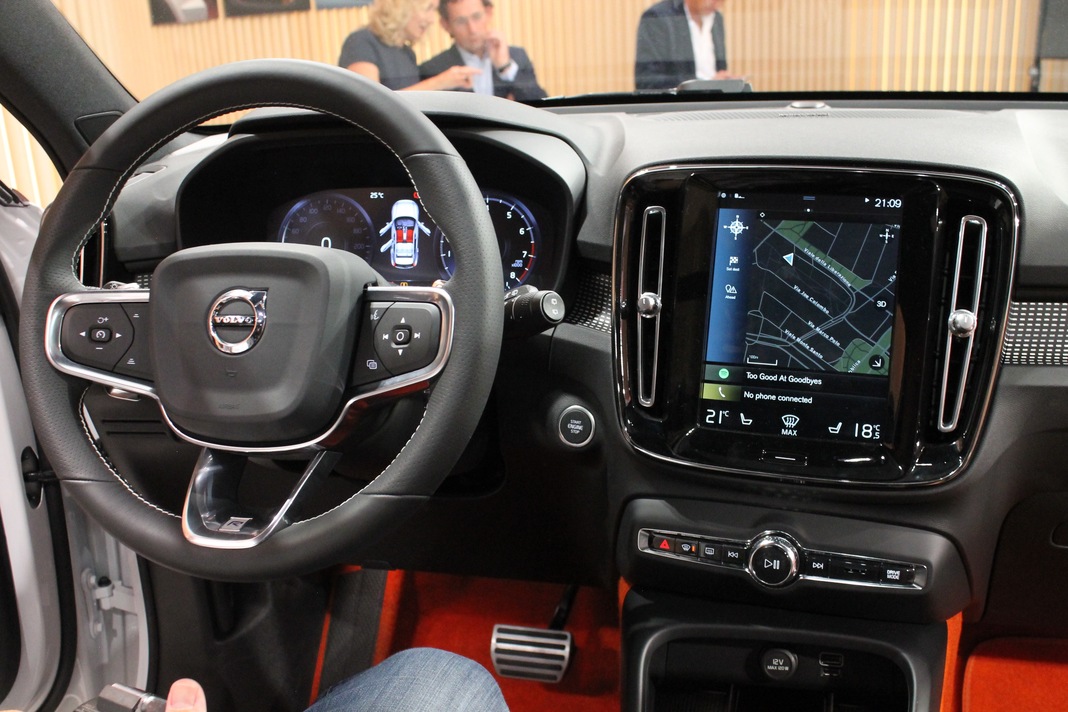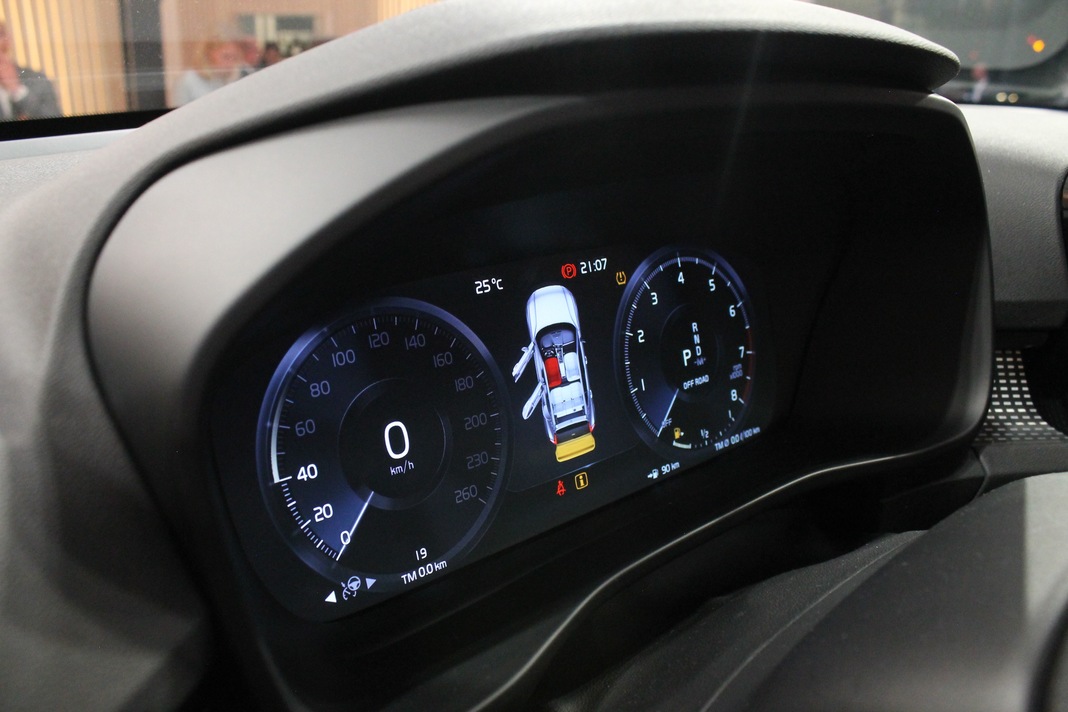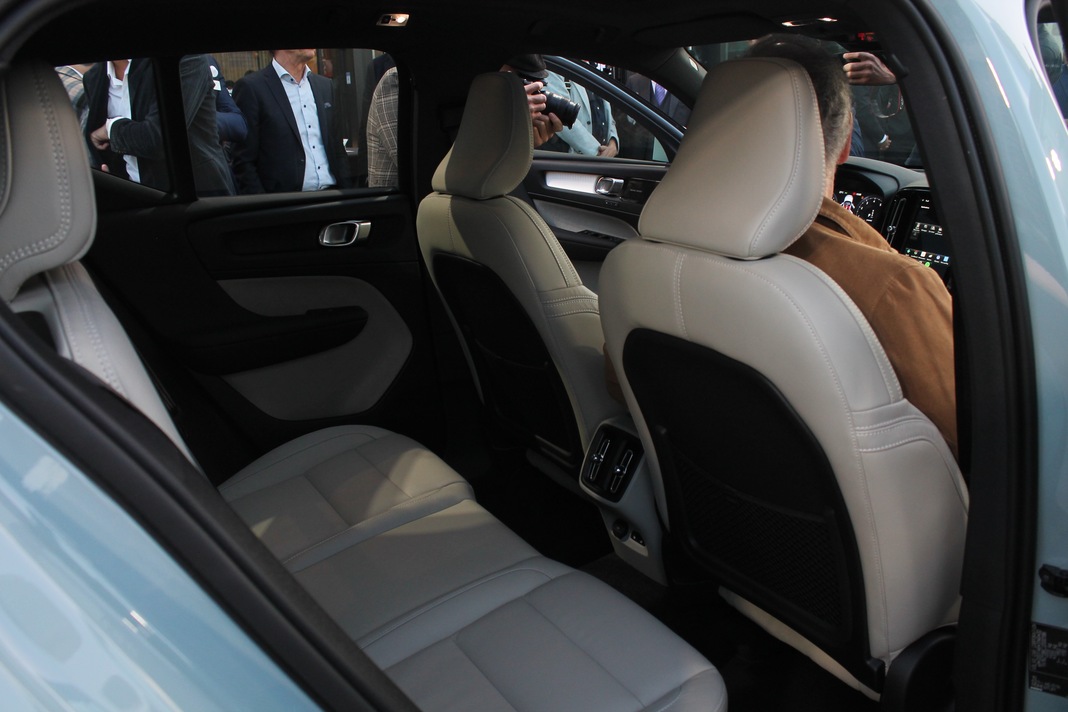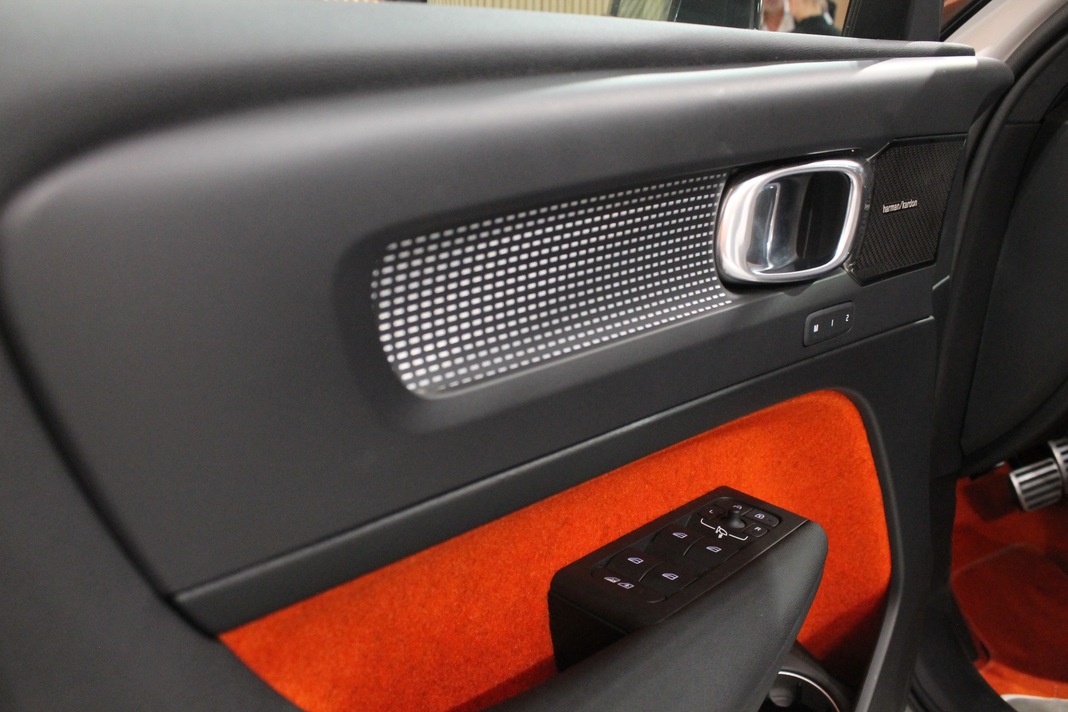Volvo’s ongoing model offensive is taking it into segments of the market it’s never competed in before. Riding the SUV wave further, the company has introduced a brand-new model named XC40 which packs the style and brains of bigger family haulers into a compact model with a city-friendly footprint.
The company’s nomenclature system is pretty easy to decipher. XC denotes an SUV, while 40 means it slots a notch below the brand-new, second-generation XC60. The Volvo XC40 stands out with a design inspired by the 40.1 Concept unveiled last year at the company’s headquarters. It’s unmistakably recognizable as a member of the Volvo lineup, but it’s not a carbon copy of an existing model; Volvo’s trucklet has its own style.
The company explains it was unrestrained by expectations because the XC40 is a new nameplate, envisioned to compete in a segment it has never been present in before. It takes a clever approach to interior design by offering passengers a dedicated place to put their smartphone, a waste bin integrated into the center console, and a retractable hook in the glovebox. Volvo even positioned the speakers further up in the doors to clear up space for laptop-sized storage bins.
“We wanted the cup holders to be used as cup holders. They’re not for storage, for rubbish, cards, or cables. So we decided to make space for these items as well,” explained Conny Blommé, Volvo’s senior design manager.
Customers who buy small SUVs are typically younger than those in the market for a bigger, more expensive model. Volvo knows who it’s selling to, so it went to great lengths to make the XC40 its most colorful model yet. The list of configuration options will include lava orange carpet and oxide red upholstery.
“On the outside, a broad selection of possible color combinations range from a solid, monochromatic theme to dual compositions in vivid colors that lend themselves to self-expression,” the company noted in a statement. The cabin’s design is inspired by architecture and cartography.
It’s not all about looks, though. Importantly, the XC40 will inaugurate Volvo’s modular CMA platform, which will later underpin other 40-series models and the company’s first electric car. It will launch with a four-cylinder gasoline engine, and it will be the first model to use the company’s 1.5-liter turbocharged three-cylinder engine. Staying in line with Volvo’s electrification strategy, a plug-in hybrid powertrain will be added to the lineup a little later in the production run.
It may be small, but the XC40 is anything but basic. It comes with a full suite of electronic driving aids including pilot assist, city safety, run-off road protection, cross traffic alert, and a 360-degree camera. It’s expected to be one of the safest cars in its segment.
Customers of the XC40 can choose to purchase it outright, lease it, or they can participate in a new subscription service named Care by Volvo which aims to make owning a car as straightforward as owning a phone. Buyers pay a monthly fee that starts at $600 a month. It includes the price of the car plus extras like taxes, registration, and service fees, and they can get a new car every 24 months. Volvo predicts that offering a no-haggle, stress-free service will ease the pain of shopping for a new car.
Updated on 11-29-2017 by Alex Kalogiannis: Added pricing info for Care by Volvo.
Editors' Recommendations
- 2021 Volvo XC40 Recharge first drive review: Refined EV subtlety
- New all-electric Volvo XC40 will feature Android infotainment system
